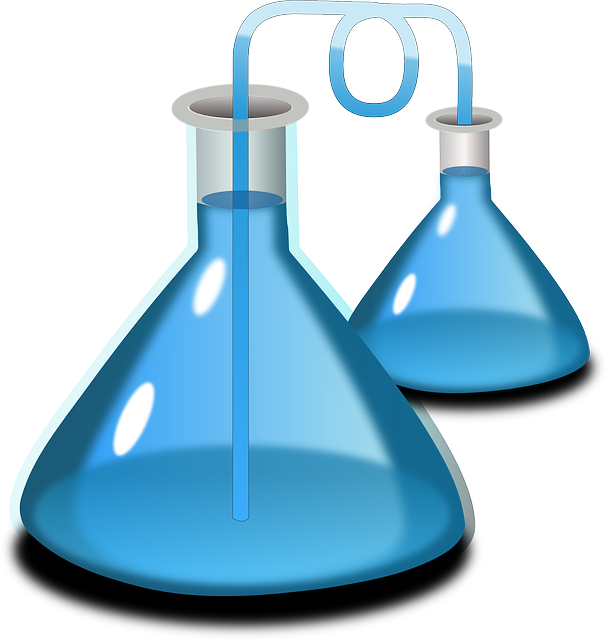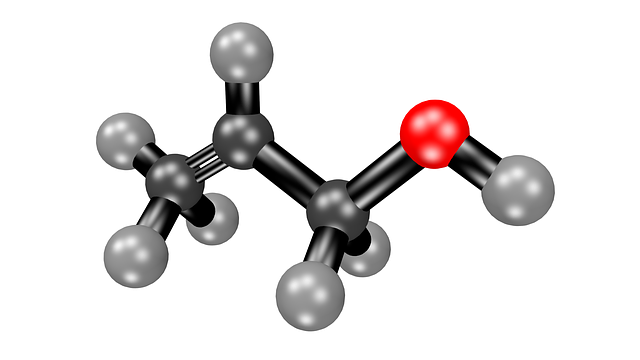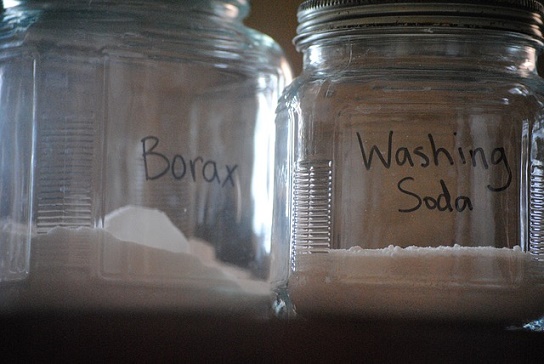
What are hydrates? If you're studying chemistry, you probably need to know what a hydrate is and the role it serves.
In this guide, we give a complete explanation of hydrates, including the hydrate definition, the three different types of hydrates, the rules you need to know to name hydrates and write out their formulas, and common hydrate examples you may have heard of.
What Are Hydrates?
What is a hydrate? A hydrate is any compound that has absorbed water molecules from its environment and included them in its structure. There are three types of hydrates: inorganic, organic, and gas (or clathrate) hydrates.
- Inorganic Hydrates: The water molecules in inorganic hydrates are only loosely bonded to the compound, and there is no chemical reaction involved. The water molecule(s) can be removed from the compound fairly easily, such as through heating. An inorganic hydrate that has lost its water molecules is known as "anhydrous." Inorganic hydrates are the most common type of hydrate.
- Organic Hydrates: An organic hydrate is created when a water molecule is added to a carbonyl group of an aldehyde or ketone. In organic hydrates, the water molecules have chemically reacted with the compound and bonded to it.
- Gas Hydrates: In gas hydrates, water molecules form a loose framework around the gas molecule, which is usually methane.
The majority of hydrates are inorganic hydrates, and they are the ones most often used and studied. Most of the rest of this guide will focus on inorganic hydrates.
What Is the Hydrate Chemistry Naming System?
There are specific rules to follow for writing formulas of and naming inorganic hydrates. Because the water molecules aren't part of the compound's actual structure, this affects the way chemical formulas of inorganic hydrates are written. An example of a hydrate formula is $CaCl_2$ ⋅ $2H_2O$. The dot separating the $CaCl_2$ from the two water molecules isn't a multiplication symbol. It shows that the water molecules aren't bonded to the compound, and it's therefore a hydrate.
In order to properly name a hydrate, first you give the name of the salt. The second part of the name begins with a prefix. The prefix is determined by the number of water molecules in the hydrate which is itself determined by the salt. You then add the word "hydrate" to the prefix to give the complete hydrate name. For the formula given above, it's hydrate name is calcium chloride dihydrate. The prefix "di" is used because it has two water molecules.
Below are the prefixes for different numbers of water molecules.
| Number of H20 molecules | Prefix |
| 0.5 | hemi- |
| 1 | mono- |
| 1.5 | sesqui- |
| 2 | di- |
| 3 | tri- |
| 4 | tetra- |
| 5 | penta- |
| 6 | hexa- |
| 7 | hepta- |
| 8 | octa- |
| 9 | nona- |
| 10 | deca- |
Here are some examples of hydrate formulas along with their names so you can get a better sense of hydrate compound names.
- $CuSO_4$⋅ $5H_2O$ : Copper(II) sulfate pentahydrate (The Roman numerals in the name indicate the positive charge on the cation. In this case, the copper ion has a charge of 2+)
- $CoCl_2$•$6H_2O$: Cobalt(II) chloride hexahydrate
- $BeSO_4$ ⋅ $4H_2O$: Beryllium sulfate tetrahydrate
- $K_2CO_3$ ⋅ $1.5H_2O$: Potassium carbonate sesquihydrate
- $CaSO_4$ ⋅ $0.5H_2O$: Calcium sulfate hemihydrate

What Are Common Examples of Hydrates?
You likely already know some hydrates since some of them are common everyday products. What are hydrates that are commonly used outside the chemistry world? Below are five common hydrate examples. All of these are inorganic hydrates.
Epsom Salts
- Hydrate Name: Magnesium sulfate heptahydrate
- Formula: $MgSO_4$ ⋅ $7H_2O$
- Use: Epsom salts have a variety of uses including soothing sore muscles, as bath salts, to reduce systolic blood pressure, and as a soil additive to help plants grow.
Washing Soda
- Hydrate Name: Sodium carbonate decahydrate
- Formula: $Na_2CO_3$⋅$10H_2O$
- Use: Washing soda was an early form of soap. Today it is still sometimes used as a detergent. Washing soda is efflorescent, which means it loses some of its water molecules at room temperature.
Borax
- Hydrate Name: Sodium tetraborate decahydrate
- Formula: $Na_2B_4O_7$⋅$10H_2O$
- Use: Borax is an ingredient in many cosmetics, detergents, enamel glazes, and fire retardants.

While you're doing the laundry, you may be working with hydrates!
Copper Sulfate
- Hydrate Name: Copper (II) sulfate pentahydrate
- Formula: $CuSO_4$⋅ $5H_2O$
- Use: In its hydrate form, copper sulfate turns a vivid blue color and has been used as a coloring ingredient in paintings and pottery. It has also been used as a fungicide and herbicide.
Cobalt Chloride
- Hydrate Name: Cobalt (ll) chloride hexahydrate
- Formula: CoCl₂⋅ 6H₂O
- Use: In its hydrate form, cobalt chloride is purple, while its anhydrous form is light blue. Papers coated with cobalt chloride are sold as a way to detect moisture. The papers, while in their vial, start off blue but will turn pink once they're taken out if moisture is detected.
Conclusion: What Is a Hydrate?
What are hydrates in chemistry? The hydrate definition is that it's a compound with extra water molecules that are part of its structure. These water molecules have been absorbed from its environment. There are three types of hydrates: inorganic, organic, and gas. Inorganic hydrates are by far the most common type of hydrate compound.
There are specific rules for writing out the formulas and names of inorganic hydrates. For formulas, the salt's formula is written first, then a dot, then the water molecules. For hydrate chemistry names, the salt's name is written out first, then a prefix depending on the number of water molecules, then the word "hydrates."
Some inorganic hydrates have become popular household and industrial products, such as borax, washing soda, and Epsom salts.
What's Next?
Ready for more chemistry explanations? Take a spin through our guides to the Bohr Atomic Model, atomic radius trends, and the seven strong acids.











